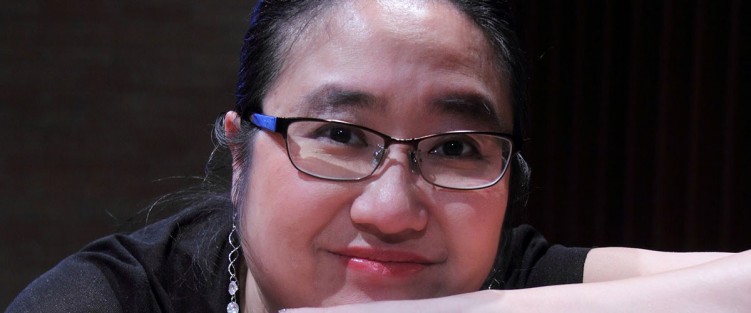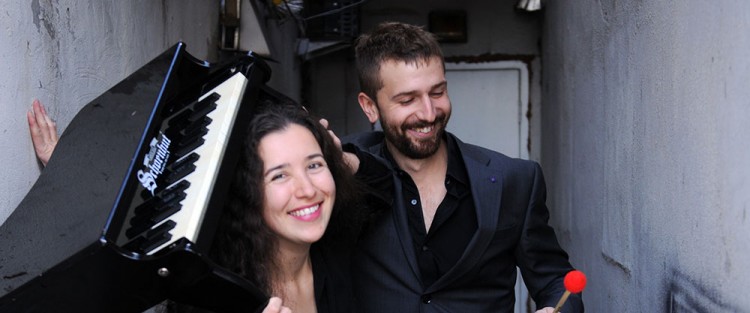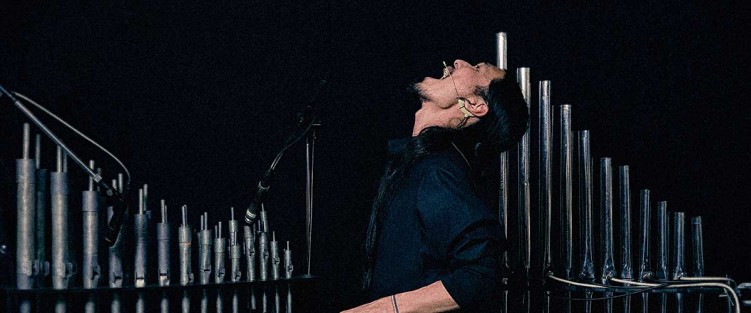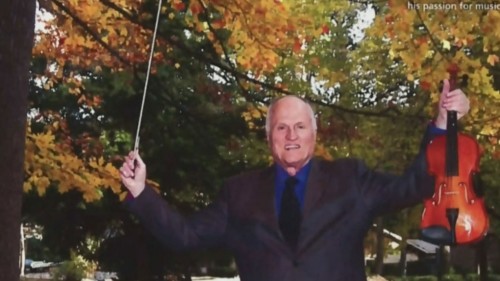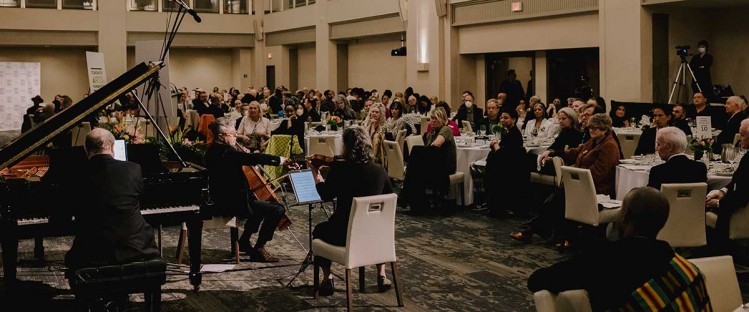 Nestled in every story is another story, like those wooden dolls hidden within selves. The festively decorated Arcadian Court was the site of this past April’s Toronto Arts Foundation Awards. The event, also referred to as the Mayor’s Lunch, has been a part of the Toronto arts ecosystem since 1996. The venue, located in what was then the Robert Simpson Company Store, at Queen and Bay, has been part of the city’s social, cultural and commercial fabric since the 1930s.
Nestled in every story is another story, like those wooden dolls hidden within selves. The festively decorated Arcadian Court was the site of this past April’s Toronto Arts Foundation Awards. The event, also referred to as the Mayor’s Lunch, has been a part of the Toronto arts ecosystem since 1996. The venue, located in what was then the Robert Simpson Company Store, at Queen and Bay, has been part of the city’s social, cultural and commercial fabric since the 1930s.
The large crowd in attendance included the Mayor of course, at the head table at the front of the room, along with Claire Hopkinson, Director and CEO of the Toronto Arts Foundation and its sister organization, the Toronto Arts Council, many financial donors to the arts, city councillors, and the event host, award-winning writer, producer and tv/radio host, Amanda Parris.
The Lunch
Round, white-table-clothed tables fill the rest of the room, each seating about ten guests. The finalists for the Toronto Arts Foundation’s Celebration of Cultural Life Award, Breakthrough Artist Award and Arts for Youth Award are interspersed among others like me, who have various links to the arts. So are representatives of Meridian, Ontario’s largest credit union, on hand to accept the already-decided Toronto Arts and Business Award in recognition of their ongoing program of providing transformational cultural funding to the communities they serve.
After some speeches, it’s time to eat. They feed us well and I chat with my table mates, a lustrous group of artists, arts administrators, heads of arts organizations, theatre directors, arts professors, and so on. After lunch, the brilliant Gryphon Trio plays Fugitive Visions of Mozart by Ukrainian composer, Valentin Silvestrov, followed by a tango, La muerte del ángel by Astor Piazzolla from Argentina. And then it’s time for the finalists to be recognized.


